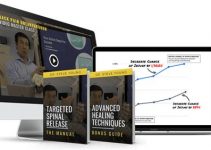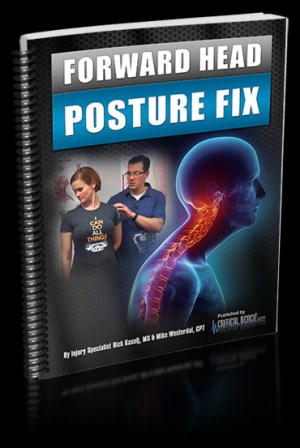Panic attacks are controllable and stoppable. You simply need to master the steps of shortening panic attacks. Panic attacks will occur more often and will be stronger the more you think about how to stop them. It will be smart of you to download Anna Gibson-Steel’s book “60 Second Panic Solution” plus audio and video bonuses. This guide describes a system that has helped hundreds of people get rid of panic attacks.
When a panic attack starts coming on, you suddenly find yourself covered in an uncontrollable feeling of fear; a fear of death or fear to lose your control. As a reaction to the fear, your body starts displaying the typical stress symptoms: increased heart rate, increased breathing, increase in blood flow, weakness, dizziness, faintness, loss in concentration, and confusion.
Everything started with a worrisome thought, and now, your panic attacks are sudden; people who suffer from panic attacks are in a constant state of waiting. They try to avoid people and situations that can provoke a panic attack. This explains why people who suffer from untreated panic attacks also suffer from agoraphobia – the fear of leaving your safe space.
A panic attack happens if suddenly, we experience fear or worry. This happens due to a natural reflex in our body, as it prepares for “fight or flight” type situations. On a subconscious level, this sets into motion several physiological reflexes (as well as thoughts that are worrisome and full of fear). One of these physical reflexes is the increase in the hormone adrenaline. Adrenaline (if release adequately) can help a person survive in a life or death situation.
Usually, your body releases adrenaline with noble intentions, but sometimes, this can lead to undesired circumstances (especially if the person has a low “threshold” for dealing with panic attacks or it takes him or her a long time to get over them). If this happens too often, it becomes hard to control and regulate.
You might experience the feeling that you have completely lost control, seeing as panic attacks seemingly come from nowhere and usually leave you confused and fearful of repeating the same process (we won’t even mention all of the thoughts that come and go during the process).
Panic attacks can penetrate and destroy many different areas of your life (including social and professional) and are considered to be a considerable nuance. Our suggestions can help you deal with these aggravating reactions.
Breathe and relax. Stop the onset of panic before it begins. When you start feeling that a panic attack is coming, tense up all of the muscles in one part of your body (for example your face, left hand, and so on) for a few seconds and then relax them. Do this with every muscle in your body. Focus on your breathing.
Change the atmosphere. Changing your surroundings or circumstances at the onset of a panic attack often helps prevent its occurrence. When you feel that a panic attack is close, drink a cup of cold water, tell yourself a joke, or sing your favorite song.
Do whatever it takes to stop the negative thoughts that are capable of leading to a panic attack. If you pay attention to what it is that helps you, use it the next time a panic attack threatens you. This will help stop it before it begins.





